Pork tenderloin can make a really nice company meal, if you’re willing to fancy-it-up a little by butterflying it and adding a tasty filling, and then making a quick red wine pan sauce to drizzle on top. Most of the work can be done hours ahead and just finish at the last minute.
I read the other day that the price of pork is going to go up – if it hasn’t already. Food in general, it seems to me, has gone up a whole lot more than than the inflation rate. Have you noticed that? Pork has been one of the best bargains in the meat world for a long time. Anyway, I buy those nice, big pork tenderloins at Costco. I bake one right away, then seal up the others in FoodSaver bags to freeze and defrost whenever I have the need. I’ve found that, especially if you stuff a tenderloin, these from Costco will feed at least 3 people, maybe even 4, as long as you don’t have a high school linebacker at the dinner table! And providing you have other dishes to round out the plate – like a carb and ample vegetables.
This recipe, adapted by Tarla Fallgatter at a recent class, came from a Food & Wine article way back in 2001. Tarla used a pork tenderloin instead of a roast. Whenever I go to a cooking class I assume that many of the instructors use or revise some older recipes, so I search online to find them – that way I don’t have to type the recipe from scratch into my recipe software.
Butterflying a pork tenderloin is perhaps a little tricky. However, you’re in luck, there’s a video on vimeo showing you exactly how to do it. Cutting the second side (latter part of the video) shows it better than the first half. Technically you cut open the tenderloin like a book, then you open each side further like a fold-out in a magazine. It’s really easy and once you’ve done it once you’ll have no difficulty repeating it. One of the nice things about this stuffed roast is that you can do most of the work ahead of time – even the day before.
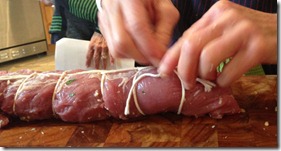 The stuffing and crust are composed of onion cooked in butter, walnuts, panko crumbs, parsley, fresh sage and freshly grated Parmigiano cheese. Part of that filling is set aside and is used as a crust after the tenderloin is roasted. The filling is spread throughout the butterflied meat, rolled up carefully, then tied in multiple places to keep it intact through pan-browning it. Into a roasting pan it goes with a little bit of water (to keep it from drying out), then it’s covered (with foil if that’s what’s available rather than a lid) and baked for 20 minutes. Then it’s removed to yet another pan. Stay with me here . . . The pan sauce is made on the stovetop IN the roasting pan you baked the meat in). The roast has its strings removed at this point, then is topped with that saved filling (that now becomes a top crust) you set aside earlier, then it’s broiled briefly just to give that crusty topping a golden brown glow.
The stuffing and crust are composed of onion cooked in butter, walnuts, panko crumbs, parsley, fresh sage and freshly grated Parmigiano cheese. Part of that filling is set aside and is used as a crust after the tenderloin is roasted. The filling is spread throughout the butterflied meat, rolled up carefully, then tied in multiple places to keep it intact through pan-browning it. Into a roasting pan it goes with a little bit of water (to keep it from drying out), then it’s covered (with foil if that’s what’s available rather than a lid) and baked for 20 minutes. Then it’s removed to yet another pan. Stay with me here . . . The pan sauce is made on the stovetop IN the roasting pan you baked the meat in). The roast has its strings removed at this point, then is topped with that saved filling (that now becomes a top crust) you set aside earlier, then it’s broiled briefly just to give that crusty topping a golden brown glow.
Meanwhile, you’ve made the red wine sauce – it’s quite simple – red wine, reduced down, chicken broth also reduced, then it’s thickened with a cornstarch slurry, seasoned, buttered and it’s done. Carve the meat and serve! Now, as for the make-ahead part . . . you can stuff it and tie it ahead – hours before or even the day before. Have all of the other ingredients measured and ready. Just before serving you’ll need to pan-brown the meat, bake it, then make the sauce. Not exactly quick, but not difficult. If one of your guests will help, have them make the pan sauce while you finish up the rest of dinner and broil the meat.
What’s good: lovely presentation, and the meat is just pink-tender. The easy pan sauce adds a nice touch for a company meal.
What’s not: nothing, really. It’s a bit of work, but you’ll master it, then you can make it again!
printer-friendly CutePDF
MasterCook 5+ import file – right click to save file (and remember where you put it), run MC, then File|Import
* Exported from MasterCook *
Stuffed Pork Tenderloin with a Walnut-Parmesan Crust
Recipe By: Originally from Food and Wine, 2001, adapted by Tarla Fallgatter, Feb. 2013
Serving Size: 6
3/4 cup walnut halves — about 3 ounces
2 tablespoons unsalted butter
1 medium onion — minced
1/4 cup Panko bread crumbs
2 tablespoons Italian parsley — finely chopped
2 teaspoons sage — finely chopped
1/4 cup Parmesan cheese — freshly grated
Salt and freshly ground pepper
1 1/2 pounds pork tenderloin — butterflied
1 tablespoon extra-virgin olive oil
1/4 cup water
RED WINE SAUCE:
1/4 cup dry red wine
1/2 cup low-sodium chicken broth
1 teaspoon cornstarch
2 teaspoons water
1. Preheat the oven to 375°. Spread the walnuts in a pie plate and toast for about 7-9 minutes, or until golden. Let cool, then coarsely chop the nuts. Leave the oven on.
2. Melt the butter in a medium skillet. Add the onion and cook over moderately high heat until softened and lightly browned, about 5 minutes. Add the ground walnuts, bread crumbs, parsley and sage and let cool. Stir in the Parmesan and season with salt and pepper.
3. Butterfly the pork tenderloin – slice it deeply (but not clear through) down the length. Once you spread that open, cut another butterfly slice through each side which will allow you to spread it open further. Season with salt and pepper. Spread half of the walnut mixture on the pork, then roll up the roast and tie it at 1-inch intervals with cotton string.
4. In a sturdy roasting pan, heat the olive oil until shimmering. Season the roast with salt and pepper and cook over moderately high heat until browned all over, 5-6 minutes. Add water to the pan and cover loosely with foil. Roast the pork about 20 minutes until meat is done. Transfer the pork to a baking sheet.
5. Preheat the broiler. Discard the strings from the pork. Gently press the remaining ground walnut mixture onto the top of the pork and broil 10 inches from the heat for about 5 minutes, or until the nut crust is golden and crisp. Remove from broiler, cover loosely with foil and allow pork to stand while you make the sauce.
6. Set the roasting pan over high heat. Add the red wine and boil until reduced by half, scraping up any browned bits from the bottom of the pan. Add the chicken stock and any reserved pan juices and boil until reduced by one-third. Whisk the cornstarch into an equal quantity of water, then whisk the slurry into the sauce in the roasting pan and bring to a boil. Cook until the sauce is slightly thickened. Strain the sauce into a gravy boat and season with salt and pepper.
7. Carve the pork into thick slices and serve with the sauce.
8. Make Ahead: The pork can be prepared through Step 3 and refrigerated overnight.
Per Serving: 236 Calories; 12g Fat (45.3% calories from fat); 27g Protein; 4g Carbohydrate; 1g Dietary Fiber; 87mg Cholesterol; 138mg Sodium.





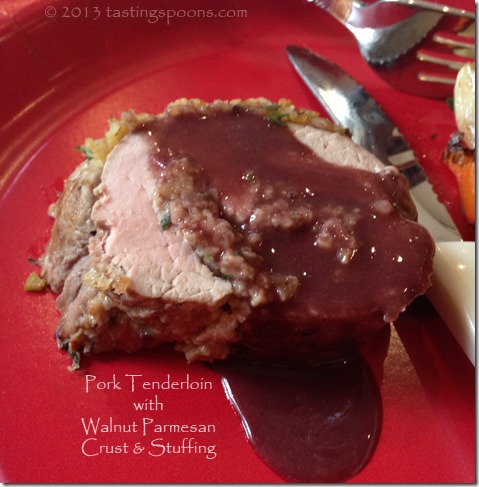

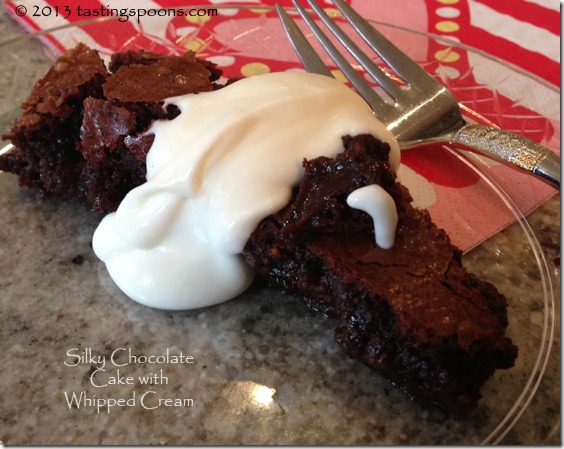
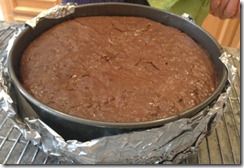
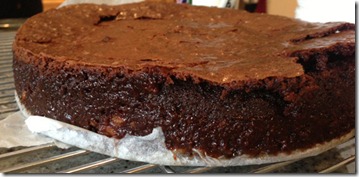
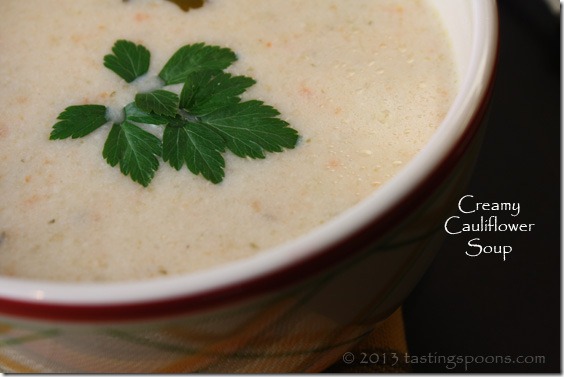
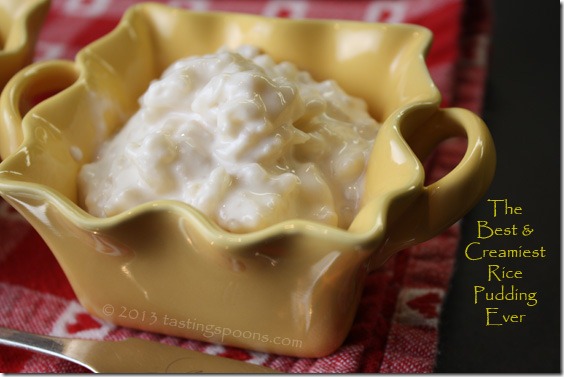

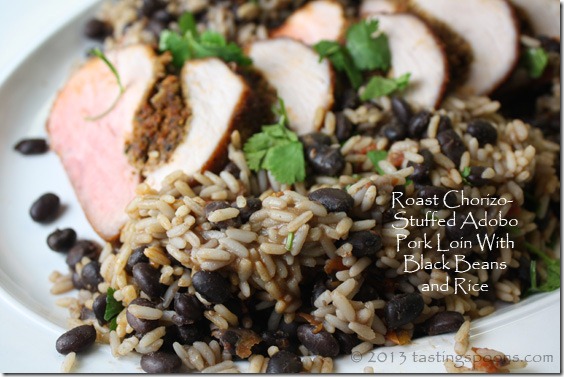
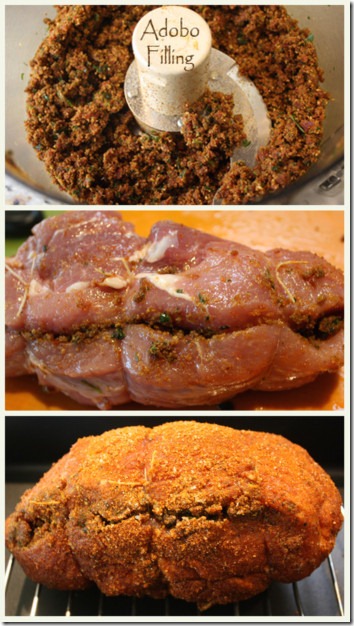
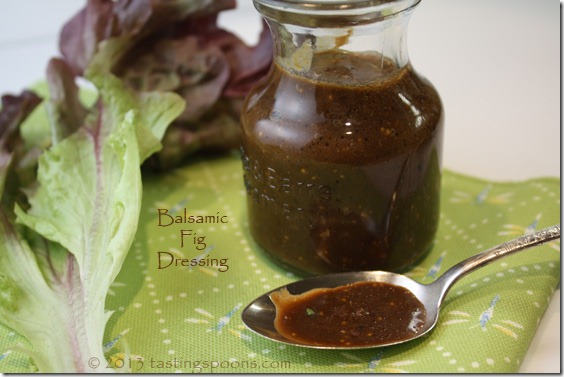
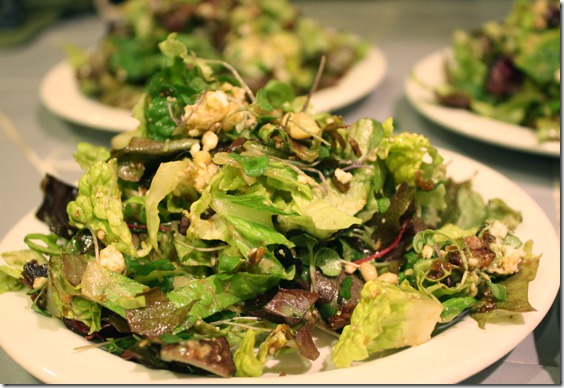
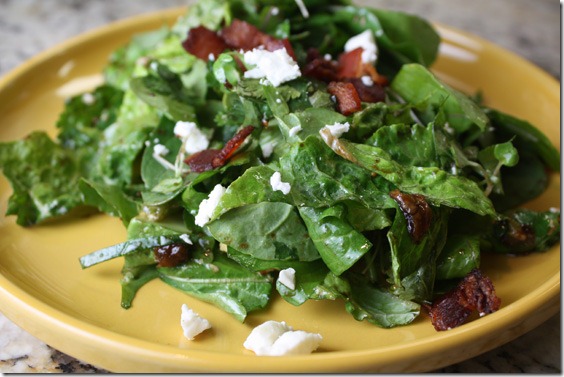
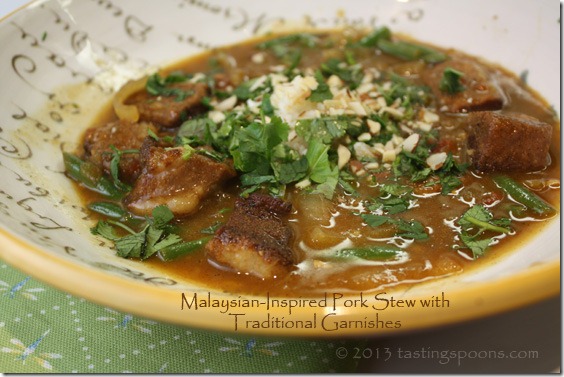
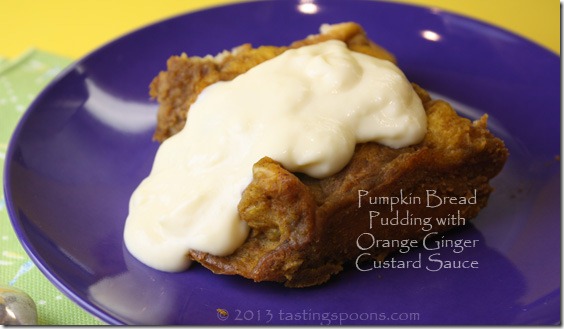
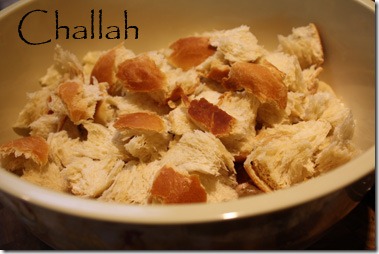
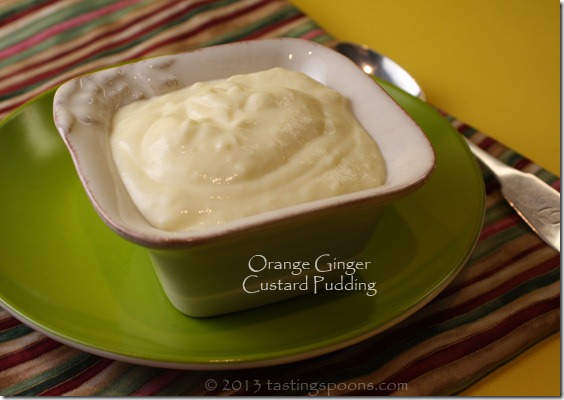
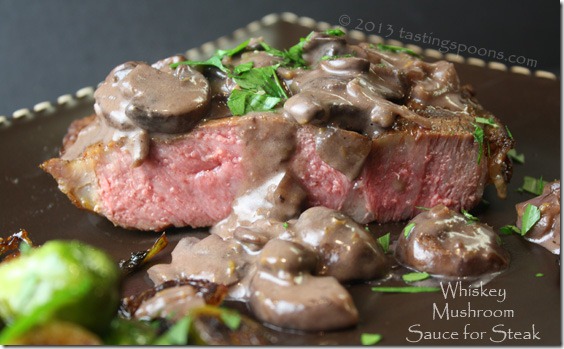
Leave a Comment!